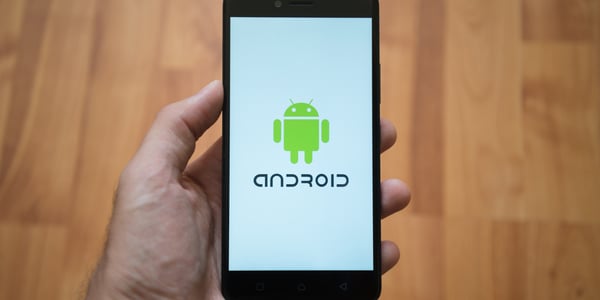This week's review of ad fraud and quality in the digital advertising space.

At Pixalate, we pride ourselves on first-class customer support that provides detailed fraud insights, analysis, and answers to media quality questions. As part of our work in helping clients prevent cross-channel ad fraud, we are releasing a self-service portal to give clients 24/7 access to this information.
The Customer Portal works in tandem with our detailed dashboards and our dedicated customer success staff; the three services form the most complete fraud monitoring, prevention, and analysis in the marketplace. Learn more.
.jpg?width=600&name=Display-Android-mobile-top-apps-USA-(Q4-2018).jpg)
Pixalate highlights the top 10 trending Android phone apps in the United States, based on display and video programmatic advertising volume, in Q4 2018. Games accounted for over half of the top 10 apps in both display and video advertising.
See more of the trending Android phone apps.

In this piece, eMarketer examines the Connected TV/OTT measurement landscape and asks: "Why are OTT video ads difficult to track and measure?"
"Because each OTT media channel has its own set of metrics—and users consume OTT content across multiple devices and platforms—piecing together an OTT campaign requires digital savvy and patience," wrote eMarketer. "This differs from TV, where advertisers use Nielsen ratings across large upfront inventory purchases."
![]()
The IAB Tech Lab has released the final version of app-ads.txt, which will work across mobile apps and OTT video apps. Digiday breaks down what app-ads.txt is, how it's different from ads.txt, and how it's similar.
"[App-ads.txt is] the version of ads.txt for mobile in-app and OTT advertising," wrote Digiday. "Mobile and OTT app publishers can list the ad tech vendors that are authorized to sell or resell their ad inventory, and programmatic ad buyers can check these lists to make sure that a company claiming to offer an app’s inventory is actually able to sell the app’s inventory."

TechCrunch this week reported on a mobile in-app ad fraud scheme that impacted over 200 Android apps that had been downloaded more than 150 million times. According to TechCrunch, the malware, called SimBad, masqueraded as an ad serving platform and infected over 200 apps, “likely unbeknownst to the app developer.”
*By entering your email address and clicking Subscribe, you are agreeing to our Terms of Use and Privacy Policy.
These Stories on Weekly Recaps
*By entering your email address and clicking Subscribe, you are agreeing to our Terms of Use and Privacy Policy.

Disclaimer: The content of this page reflects Pixalate’s opinions with respect to the factors that Pixalate believes can be useful to the digital media industry. Any proprietary data shared is grounded in Pixalate’s proprietary technology and analytics, which Pixalate is continuously evaluating and updating. Any references to outside sources should not be construed as endorsements. Pixalate’s opinions are just that - opinion, not facts or guarantees.
Per the MRC, “'Fraud' is not intended to represent fraud as defined in various laws, statutes and ordinances or as conventionally used in U.S. Court or other legal proceedings, but rather a custom definition strictly for advertising measurement purposes. Also per the MRC, “‘Invalid Traffic’ is defined generally as traffic that does not meet certain ad serving quality or completeness criteria, or otherwise does not represent legitimate ad traffic that should be included in measurement counts. Among the reasons why ad traffic may be deemed invalid is it is a result of non-human traffic (spiders, bots, etc.), or activity designed to produce fraudulent traffic.”

